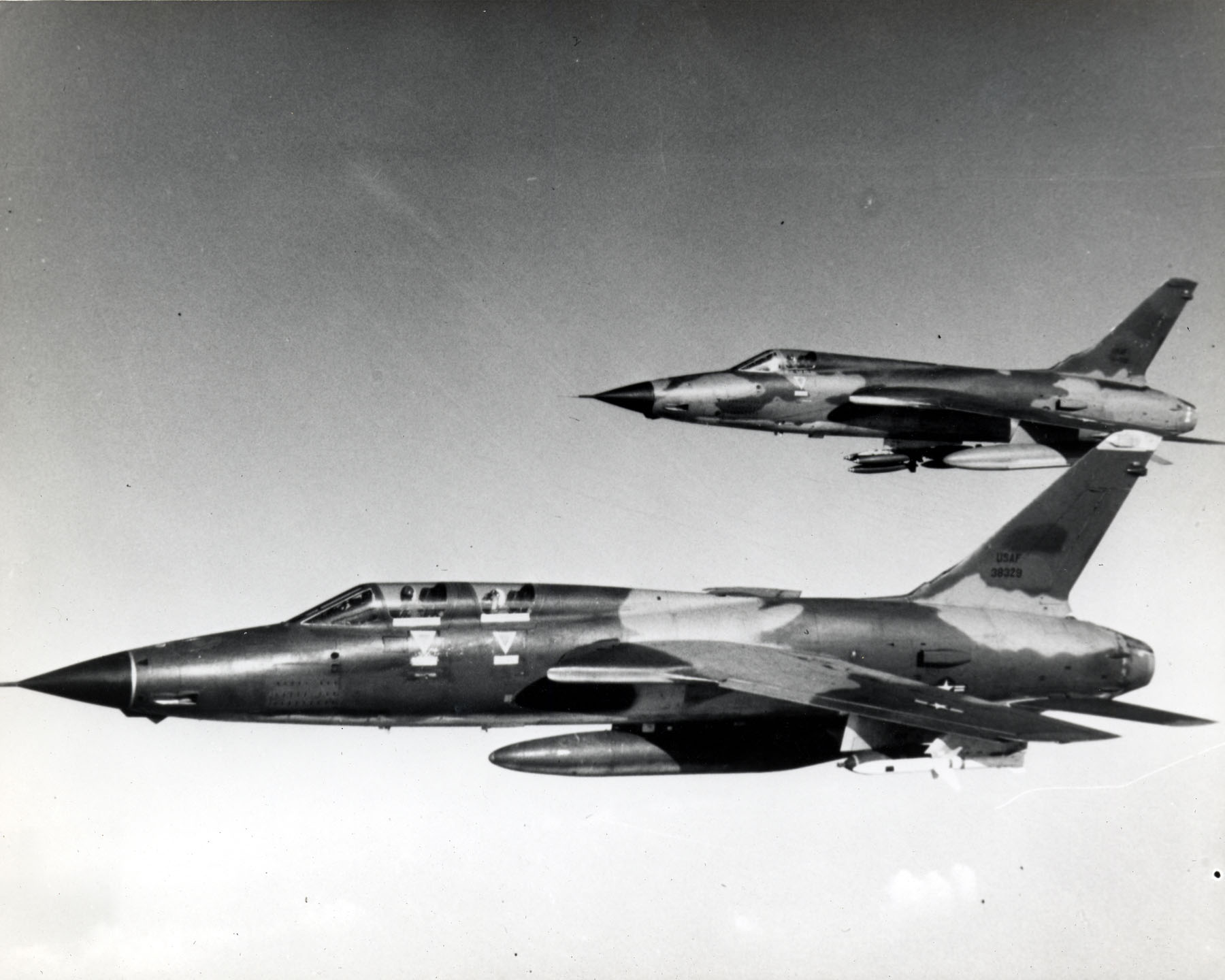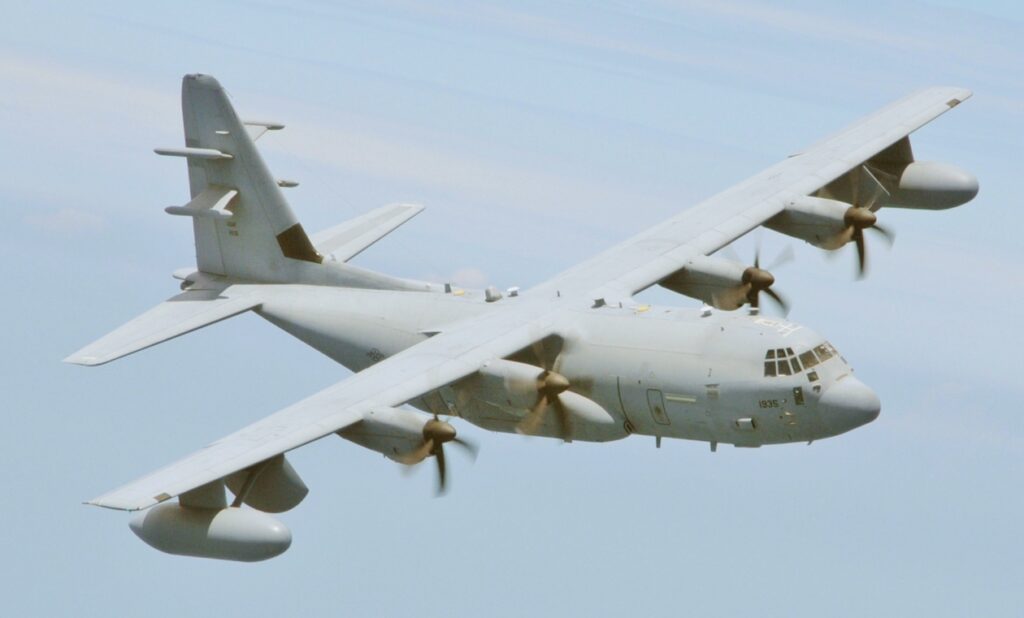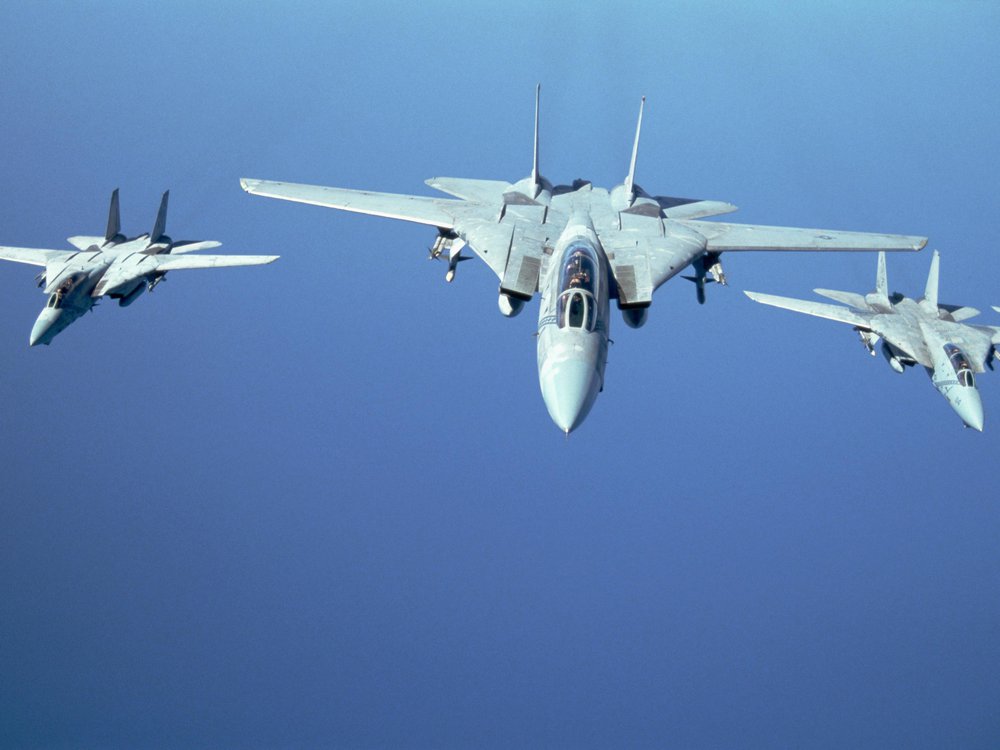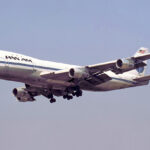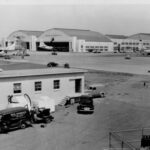In the age of modern war, military aviation has been increasingly used as a strategic tool in psychological operations (PSYOPS) and propaganda campaigns. With its ability to strike fear through airpower and quickly deliver massive amounts of information, military aviation has become an essential tool for modern militaries to achieve their objectives. This article will explore the use of military aviation in PSYOPS and propaganda campaigns and analyze the effectiveness of such tactics.
Definition of Psychological Operations (PSYOP)
Psychological operations (PSYOP) is a type of strategic communication that seeks to influence the behavior of a target audience. It involves using persuasive messages, symbols, and visuals to change attitudes, values, and beliefs. PSYOP is commonly used in conflict situations and by military organizations but can also be employed in any number of cases in which the desired behavior change is sought. PSYOP has become an integral and cost-effective element of modern propaganda by using personalized cards, including scattered valentines day templates during thematic dates to plunge the enemy’s spirit.
History of Military Aviation in PSYOP and Propaganda
Early Examples of Military Aviation in PSYOP and Propaganda
One of the earliest forms of military aviation used for propaganda was the aerial distribution of leaflets. During World War I, balloons were used to carry messages over enemy lines to induce panic or undermine morale. During World War II, the Germans employed this method to target Allied forces.
Development of Specialized Aircraft for PSYOP and Propaganda Missions
Specialized aircraft have been developed for psychological operations and propaganda campaigns. One example is the U.S. Air Force’s EC-130 “Commando Solo,” a modified transport plane capable of broadcasting radio and television signals to vast areas.
Types of Military Aviation Assets Used in PSYOP and Propaganda
Fixed-Wing Aircraft
Fixed-wing aircraft are one of the most common types of aircraft used in PSYOP and propaganda missions. Bombers, such as the B-52 Stratofortress, have been used to spread messages from the air, often in leaflets. Transport planes, such as the C-130 Hercules and C-17 Globemaster, are standard for this purpose.
Rotary-Wing Aircraft
Rotary-wing aircraft, such as helicopters, have also been used for PSYOP campaigns. Helicopters are particularly well suited to this role due to their versatility and ability to reach areas inaccessible to fixed-wing aircraft. Besides, they can drop leaflets or broadcast messages on loudspeakers.
Unmanned Aerial Vehicles
Unmanned aerial vehicles (UAVs), or drones, have become increasingly popular in psychological operations. UAVs offer several advantages over traditional forms of aerial communication, such as flying lower and going further than crewed aircraft.
Techniques Used in Military Aviation PSYOP and Propaganda
Leaflet Drops and Loudspeaker Broadcasts
Leaflet drops and loudspeaker broadcasts are typical techniques in military aviation psychological operations and propaganda campaigns.
Radio and Television Broadcasts
Radio and television broadcasts can influence public opinion and shape behavior. Specialized aircraft (including UAVs) comprises radio and television transmitters to broadcast signals from the air.
Internet and Social Media Campaigns
Internet and social media campaigns are becoming increasingly popular as a form of PSYOP and propaganda. Aircraft broadcast signals that computers and mobile devices can receive. Additionally, UAVs can deliver wireless internet access to remote locations.
Examples of Military Aviation in PSYOP and Propaganda Campaigns
Vietnam War: Operation Rolling Thunder and Operation Ranch Hand
During the Vietnam War, the United States employed psychological operations and propaganda campaigns utilizing military aircraft. Operation Rolling Thunder was a series of airstrikes against North Vietnamese military targets to undermine their morale. Meanwhile, Operation Ranch Hand used helicopters to drop millions of leaflets carrying propaganda messages across South Vietnam.
Gulf War: Operation Desert Storm and Operation Desert Shield
Operation Desert Storm was a massive airstrike campaign against Iraqi forces designed to alter their behavior and reduce their capability for activities threatening coalition forces. Operation Desert Shield, on the other hand, involved using C-130 aircraft fitted with loudspeakers to broadcast radio and television messages over Iraqi territory to demoralize enemy forces.
Iraq War: Operation Iraqi Freedom and Operation New Dawn
Operation Iraqi Freedom was an extensive airstrikes campaign aimed at crippling Saddam Hussein’s regime. In turn, Operation New Dawn used helicopters to drop leaflets containing messages encouraging Iraqi citizens to cooperate with coalition forces and participate in rebuilding the country.
Other Examples from Around the World
Military aviation has utilized psychological operations and propaganda campaigns in many other conflicts. During the Bosnian War, U.S. Special Operations forces used AC-130 gunships to broadcast messages over enemy lines to demoralize and weaken Bosnian Serb forces. In recent years, UAVs have also been used to spread messages over areas such as Yemen and Pakistan.
Conclusion
Using military aviation in psychological operations and propaganda campaigns have been a powerful yet often overlooked tool for achieving strategic objectives. Military aviation can create psychological effects within targeted populations, particularly when appropriately coordinated with other military and diplomatic activities. By recognizing the potential power of psychological operations and propaganda campaigns and utilizing military aviation to amplify these effects, nations can maximize their chances for success in achieving their geopolitical goals.







